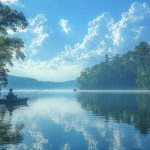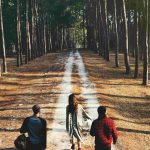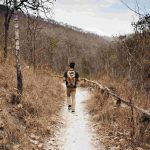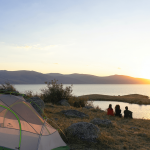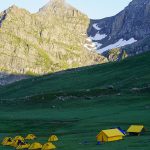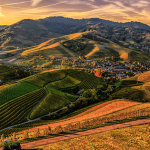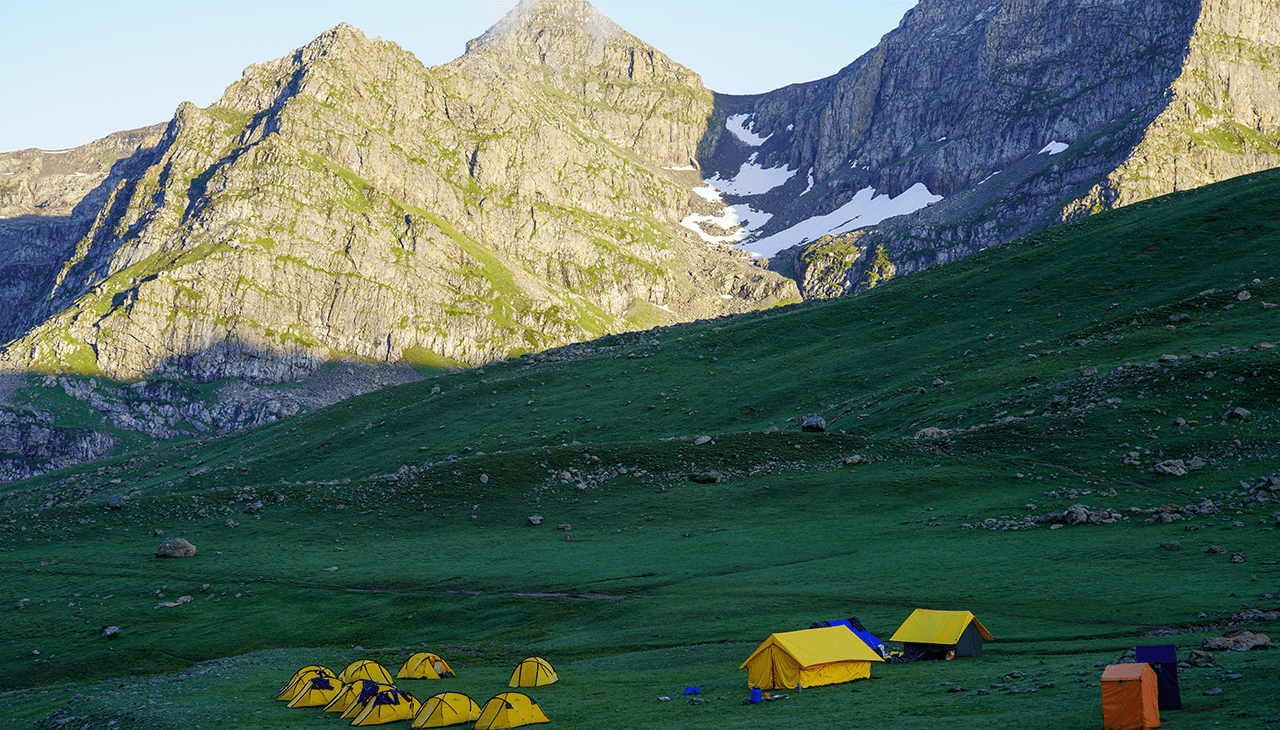
Do you recall the freedom and relaxation of spending evenings beneath a sky full of stars, being surrounded by nature with only the sound of birds chirping in your ears? Camping is an opportunity to get away from everyday distractions and reconnect with what’s most important. It allows us to experience creativity and inspiration in a different setting than our usual routine. Here we will explore the many reasons why camping brings out our inner artist, gives us motivation for new ideas, and creates meaningful connections between people that last far beyond when the tent stakes come down. So pack your bags, light a fire, and slow down for some moments of reflection – it’s time to become one with nature!
- Identify Your Camping Style and the Necessary Supplies for a Successful Adventure
- Understanding the Benefits of Spending Time Outdoors and Connecting with Nature
- Best Practices for Setting Up Camp and Practicing Safety in the Wild
- Get Creative Through Outdoor Activities, Crafts, and Games
- Decorate Your Campsite Through DIY Projects and Displays
- Utilize Technology to Enhance Your Camping Experience
Identify Your Camping Style and the Necessary Supplies for a Successful Adventure
Camping is a great way to experience nature and disconnect from the hustle and bustle of everyday life. Before embarking on a camping adventure, it’s important to identify your camping style and pack accordingly. Here are some tips to get you started:
- Tent camping: Tent camping is the most common form of camping. Choose a tent that is appropriate for the number of people in your group and the weather conditions. Don’t forget to bring along sleeping bags, sleeping pads, and pillows for a comfortable night’s sleep. Other necessary supplies include a camping stove, fuel, pots and pans, utensils, and plates.
- Car camping: Car camping involves driving your vehicle to a campsite and setting up camp within a short distance from your car. This style of camping allows you to bring more equipment and supplies. In addition to the items mentioned above, you can pack a cooler with food and drinks, camp chairs, a table, and a canopy for shade.
- Backpacking: Backpacking involves carrying all necessary supplies on your back and camping in a remote location. In addition to a lightweight tent, sleeping bag, and sleeping pad, you’ll need a backpacking stove, fuel, and cookware. Other necessary supplies include a water filter, a first-aid kit, and a map and compass.
No matter your camping style, it’s important to bring along essential supplies such as a flashlight, headlamp, extra batteries, insect repellent, sunscreen, and a first-aid kit. By identifying your camping style and packing accordingly, you’ll ensure a successful and enjoyable camping adventure.
Understanding the Benefits of Spending Time Outdoors and Connecting with Nature
Spending time outdoors and connecting with nature can have a myriad of physical, mental, and emotional benefits. Here are some of the ways that outdoor adventures can make a positive impact on your well-being:
- Physical health: Outdoor activities like hiking, biking, and swimming can improve cardiovascular health, strengthen muscles and joints, and boost immunity. Exposure to sunlight also helps the body produce Vitamin D, an important nutrient for overall health.
- Mental health: Spending time in nature has been shown to reduce anxiety, stress levels, and symptoms of depression. The calmness of nature can stimulate relaxation and improve mood.
- Cognitive function: Studies indicate that spending time in nature can improve cognitive function, including attention span, creativity, and problem-solving skills.
- Connection to nature: Outdoor adventures provide opportunities to connect with the natural world and develop an appreciation for its beauty and complexity. This can foster a sense of environmental stewardship and a deeper connection to the planet.
Overall, spending time outdoors and connecting with nature can offer a wealth of benefits for your physical, mental, and emotional well-being. So, get outside and enjoy all that nature has to offer!
Best Practices for Setting Up Camp and Practicing Safety in the Wild
When setting up camp in the wilderness, it’s important to follow best practices to ensure your safety and comfort. Here are some tips to keep in mind:
- Choose a safe location: Look for a flat, dry area that is away from potential hazards like falling branches and animal trails. Check for any signs of dangerous wildlife or insect nests in the area.
- Pitch your tent correctly: Make sure to follow the instructions for setting up your tent correctly, ensuring that it is stable and secure. Use a ground cloth or tarp under your tent to prevent moisture from the ground.
- Store food properly: Keep food in a sealed container or hang it from a tree if you are in bear country. Avoid keeping food in your tent, as it can attract animals and insects.
- Practice fire safety: Follow local regulations for building fires and make sure to have a bucket of water or shovel nearby. Clear flammable materials from the area around your fire pit and never leave a fire unattended.
- Leave no trace: Pack out all trash, including food scraps and biodegradable materials. Avoid using soap or detergent in natural water sources.
- Stay aware of weather conditions: Keep an eye on changing weather patterns that could impact the safety of your campsite. Be prepared for high winds, sudden storms, and other natural hazards.
By following these best practices, you’ll set yourself up for a safe and enjoyable camping adventure in the great outdoors.
Get Creative Through Outdoor Activities, Crafts, and Games
Spending time outdoors is not just about enjoying the beauty of nature, but also about getting creative and having fun. Here are some creative outdoor activities, crafts, and games to try out on your next adventure:
- Nature scavenger hunt: Make a list of items commonly found in nature, such as a pinecone, bird feather, or wildflower, and challenge yourself or your fellow adventurers to find them.
- Nature photography: Use your phone or camera to capture the stunning scenery around you. Experiment with different angles, lighting, and perspectives to create unique and beautiful photos.
- Outdoor painting: Bring along some watercolors and a sketchbook and paint the scenery. You could also try painting rocks or leaves found on the ground.
- Campfire storytelling: Gather around the campfire and take turns telling stories or sharing personal experiences. You could even make it a spooky ghost story session if you’re feeling brave!
- DIY birdhouse or bird feeder: Bring along some materials and create a birdhouse or bird feeder using natural materials like sticks, leaves, and pinecones.
- Yoga or meditation: Find a quiet spot in nature and practice yoga or meditation. Focus on your breathing and connect with nature on a deeper level.
These are just a few of many creative outdoor activities, crafts, and games that can add some extra fun and adventure to your camping trip. So, get creative and explore the possibilities of what you can do in the great outdoors!
